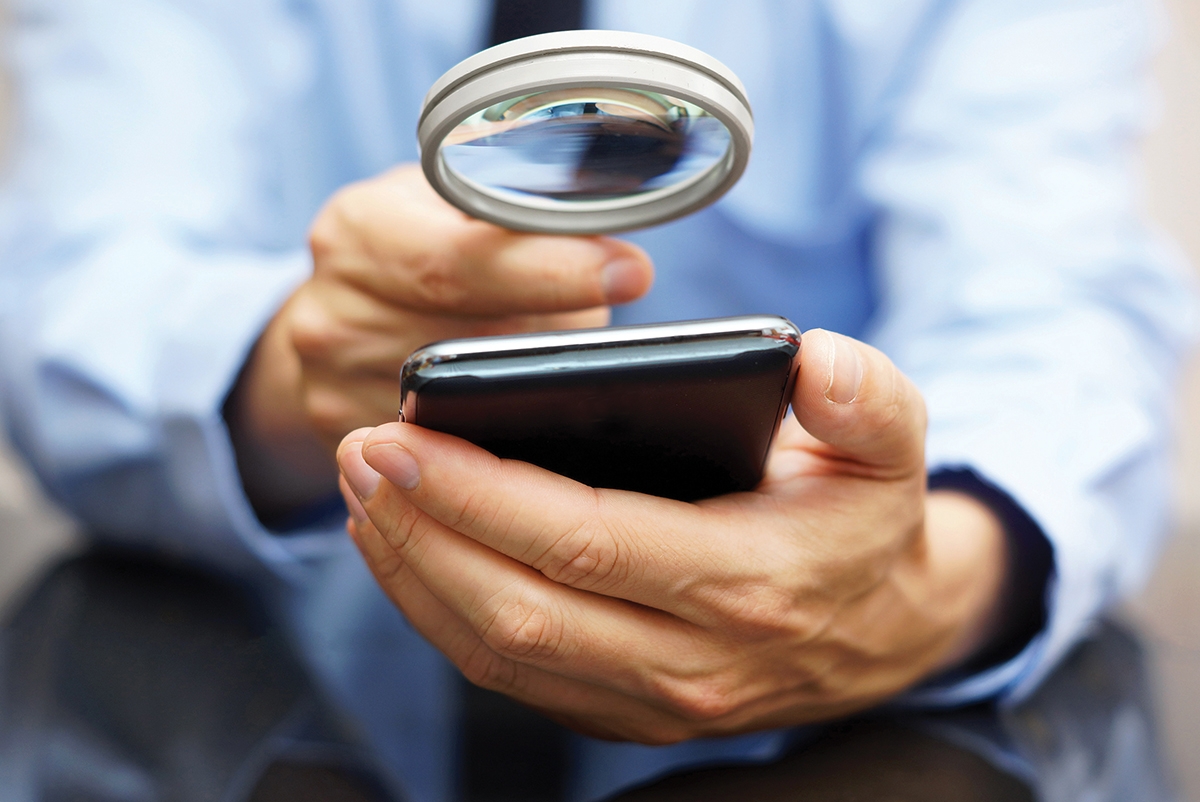Life With Low Vision
Understanding How Others May See

Many of us know of a parent, relative, or friend who suffers from an eye condition that reduces their vision. When their vision is reduced despite the use of glasses or contact lenses, they have what is known as “low vision.” Low vision is not the same as being truly blind. While glasses and contact lenses may assist in improving vision, people with low vision often can’t appreciate the same vision as those with 20/20 vision because their eye health is compromised.
When cells that sense light inside the eyes don’t work correctly, or don’t work at all, our ability to see well-defined images is reduced. People with low vision are often very bothered by bright lights and have more difficulty with glare. They may be able to make out objects, but might have difficulty seeing fine details, such as facial features or text on a page, due to shadows, distortion, or blind spots in their field of vision. They usually have difficulty seeing objects with poor contrast. For example, reading gray text on a white background would be a significant challenge for someone with this condition. Often, we may struggle to understand how those with low vision see or find it difficult to comprehend just how much reduced vision can impact the quality of their day to day lives. Those with reduced vision often must utilize different techniques in order to continue performing daily tasks independently. Tasks that those with normal vision might take for granted such as reading, writing, driving, watching television, navigating around one’s home, cooking, and eating can be daily hardships for those with low vision.
The most common condition that causes low vision is age-related macular degeneration. Others include glaucoma, diabetes, retinitis pigmentosa, premature birth, cataracts, glaucoma, corneal scars, and traumatic brain injuries. Macular degeneration comes in two forms – dry and wet. The dry form of macular degeneration is most common, and can cause a slow, but progressive reduction in the central portion of one’s vision, often just noticeable by patients who have been diagnosed with the condition. The wet form of macular degeneration is much less common, but unfortunately is more visually devastating in a shorter period of time. The reason for this is due to the rapid formation of weak blood vessels that leak blood, plasma, and other material into the retina. These substances are toxic to light sensing cells, resulting in a much faster decrease in vision compared to the dry form of the disease.
Many people who suffer from low vision are often unaware that there are many other tools to assist them in their day to day lives. Psychologically, many people also find it difficult to admit that they would benefit from the assistance of a low vision device. This is precisely the time when undergoing a low vision evaluation would be most beneficial. A low vision evaluation is unlike a traditional eye examination and is carried out by an eye doctor with a special interest in helping those with the condition. A comprehensive visual analysis will be performed to determine how the visual impairment affects the ability to perform various activities. Using low vision charts, the doctor will assess the level of vision, prescribe, and provide instruction on how to use low vision devices. Low vision doctors can also be great resources for other services that may be available.
There are many ways in addition to glasses or contact lenses that visual performance can be enhanced. In the cases of individuals with low or reduced vision, glasses or contact lenses can be prescribed for use in conjunction with special magnification devices, such as handheld or stand magnifiers; glasses mounted telescopes; loupes, like a device your dentist might use; and video magnifiers. These devices use lenses to magnify images so that print or objects appear much larger. Low vision doctors will also take the time to discuss how non-optical devices and modifications, such as improved lighting, large-print reading materials, or using highly contrasting colors throughout the home can also make objects or the surroundings more easily visible. Doing something as simple as making sure that a person with low vision is using a white mug for their morning cup of joe rather than a black mug can make the difference between an enjoyable cup of coffee and a spilled cup of coffee! Low vision doctors are also excellent resources for adaptive daily living equipment that can make everyday tasks easier, such as clocks with large numbers, programs that can read text from a computer, or products that help with money identification. If you have a loved one who may be suffering from low vision, seek out a low vision doctor in your area and take the first step in helping them regain some independence with their daily tasks.
Tyler Stiegemeier, OD
Doctor with the Low Vision Center of McPherson Family Eye Care.
- www.mcphersonfamilyeyecare.com
- 919-263-9163

